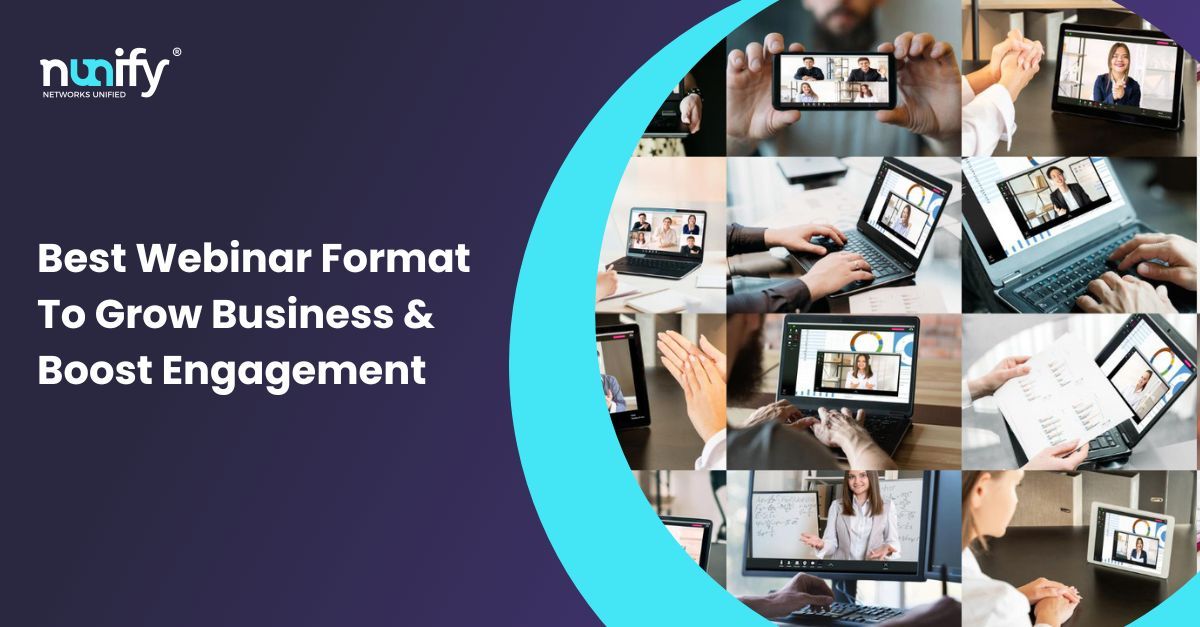Masterclass ? AMA ? Panel discussion? Product demo?
The explosion of webinar formats have webinar hosts , marketers and event planner’s heads spinning. This guide is designed to help navigate through the the different types of webinar and identify the most suitable webinar format for your audience
Webinars are an inexpensive way to educate, build a following, and grow your business.
They provide a way for you to connect with your audience in real-time, teach them about your products, and interact with them during the webinar. There are many different webinar formats that we can use to suit our needs.
The best format for a webinar depends on the type of audience you are trying to reach, the goal you want to achieve, and the topic of your webinar.
Some webinar formats are better suited for one-way broadcasts, while others work better for two-way communication. This post will help you decide what type of webinar is best for your business and how to efficiently set it up.
These webinar ideas can double up as ideas for sessions for a hybrid or virtual event.





